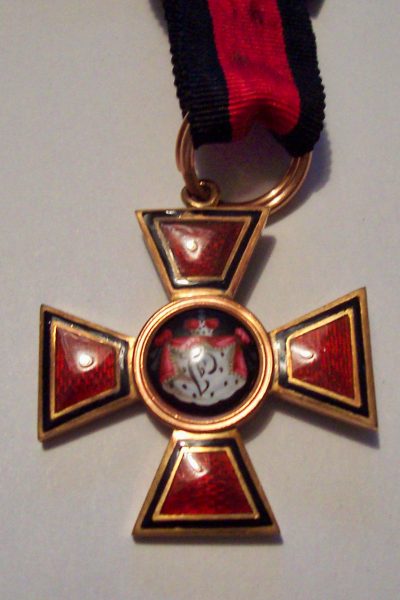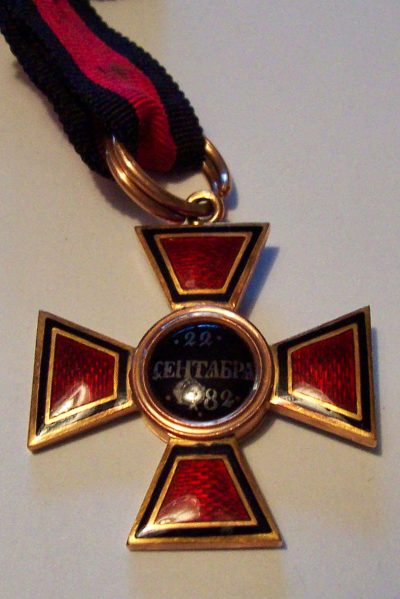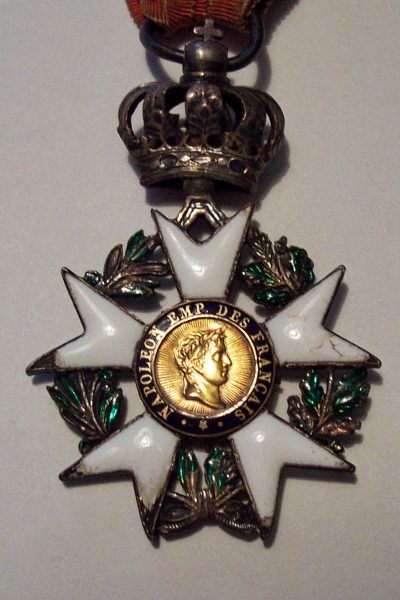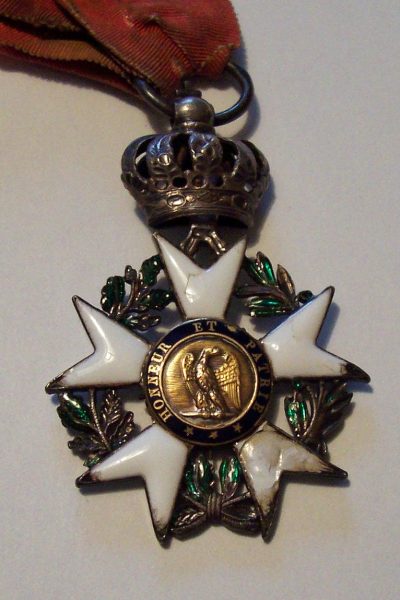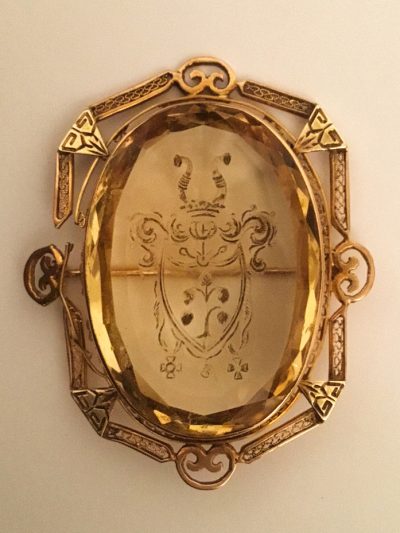Medals and Military Decorations
Various medals and military decorations awarded to members of the family
Military decorations and medals of Friedrich Philipp v. Schmalensee (14.7.1777 – 21.11.1853), earned in the Battle at Lüneburg on April 2, 1813, when the Prussian and Russian troops joined forces against Napoleon’s armies

Distinction awarded to Friedrich Philipp von Schmalensee (14.7.1777 – 21.11.1853), earned in the Battle of Lüneburg on April 2, 1813, when the Prussian and Russian troops joined forces against Napoleon’s armies.
Order of Saint Vladimir (Orden des Heiligen Wladimir), established September 22, 1782 by Catharine the Great on the 20th anniversary of her reign (here shown is the 4th class medal). Extremely rare!
France, 1st Empire 1804 – 1814
on December 2, 1804 Napoleon crowned himself and his wife Josephine Beauharnais in the church of Notre Dame in Paris, after unction from Pope Pious VII
Napoleon had already established the Cross of the Legion of Honour (Légion d’honneur) for military and civilian achievements. Five classes: Grand Cross, Grand Officer, Commander, Officer, Knight, on a red ribbon.
Legend: NAPOLEON EMP(EMPEREUR) DES FRANCAIS
Reverse HONNEUR ET PATRIE
An extremely rare piece, most likely a war souvenir taken by Prussian troops from the year 1813.
The colors of the ribbons pertain to the medal under which they run.
Read from top to bottom
Kingdom of Prussia: the so-called combatant ribbon (Kämpferband) of the Iron Cross, on top of which is a miniature of the Iron Cross.
Kingdom of Prussia: the ribbon of the War Votive Medal “1813” (Kriegs-Denkmünze “1813”), on top of which is a miniature of the votive medal.
Russian Empire: the ribbon of the Order of Saint Vladimir (Orden des Heiligen Wladimir), on top of which is a miniature of the medal.
(Sadly, these miniatures are extremely damaged.)


